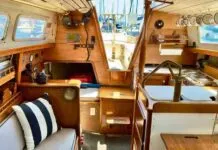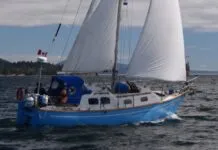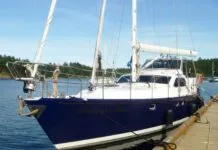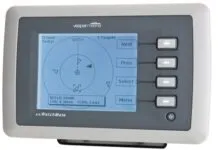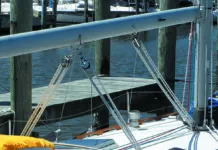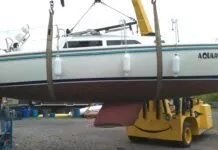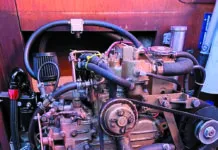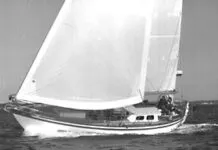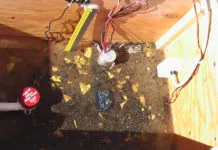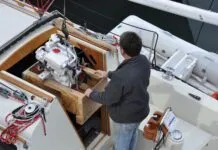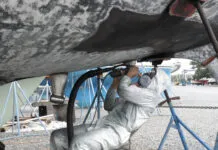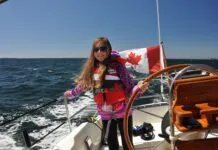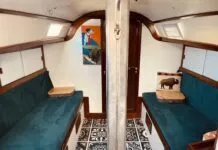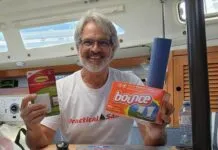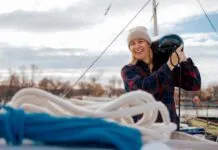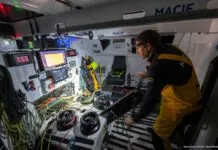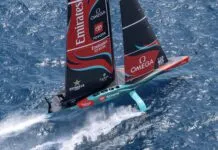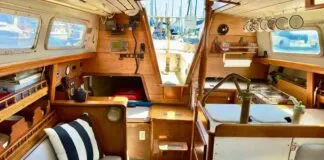My wife and I have owned our boat since 1985. We now keep it in the British Virgin Islands, where the Caribbean sun is tough on finished wood and fiberglass. The reason I am writing you is to get your true feeling about novices handpainting our decks. We want to keep the nonskid and the white border design we currently 288 have. The decks were Awlgripped by the factory in 1992, but this has turned chalky and shows tremendous wear. Is it feasible to try such a project? Or should I just pony up the money to have it done? We have time and plenty of elbow grease and a willingness to try. Paul Jablonski Amateur do-it-yourself nonskid painting is a very feasible project to undertake, however, the smooth, glossy waterways, vertical cabin sides, cockpit-well sides, and other transition areas are another story. Its been our experience that an amateur can sand, clean, tape, and roll on a one- or two-part polyurethane nonskid paint and achieve very respectable results. In our last evaluation of nonskid paints (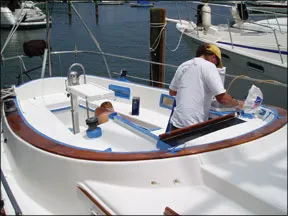
1979 Alden 44 (No. 9)
British Virgin Islands
With glossy vertical surfaces, the DIY challenge rises significantly. Those looking for a finish like that achieved by the pros had best be very proficient at the craft. Spray application is the preferred painting method, and only the most serious DIYer is ready to tackle the health, safety, and technical challenges associated with this job. (See page 30-31.) Deft handling of a sprayed coating is a precarious balance between too little flow resulting in orange peel, and too much flow resulting in sags. Between the two resides a slick, highly reflective surface that gains the awe of every onlooker.
If a less-dazzling finish is acceptable, then theres hope for the brush-and-roller wielding DIYer. First, carefully prepare the surface, and when applying an LPU paint by roller and brush, remember “less is best.”
A slower reducer allows the paint to flow and makes brush and roller marks disappear. Multiple light coats with scuff sanding in between works best.
Your Alden has a certain market value based upon a specific level of fit and finish, a less than first-rate finish wont hurt the vessels seaworthiness, but it could impact its resale value. Add to this the significant investment in time and effort a DIY approach requires, and the myth “all it cost was the price of materials” tends to disappear. We are advocates of the hands-on approach but also recognize the implications of biting off more than you can chew.


